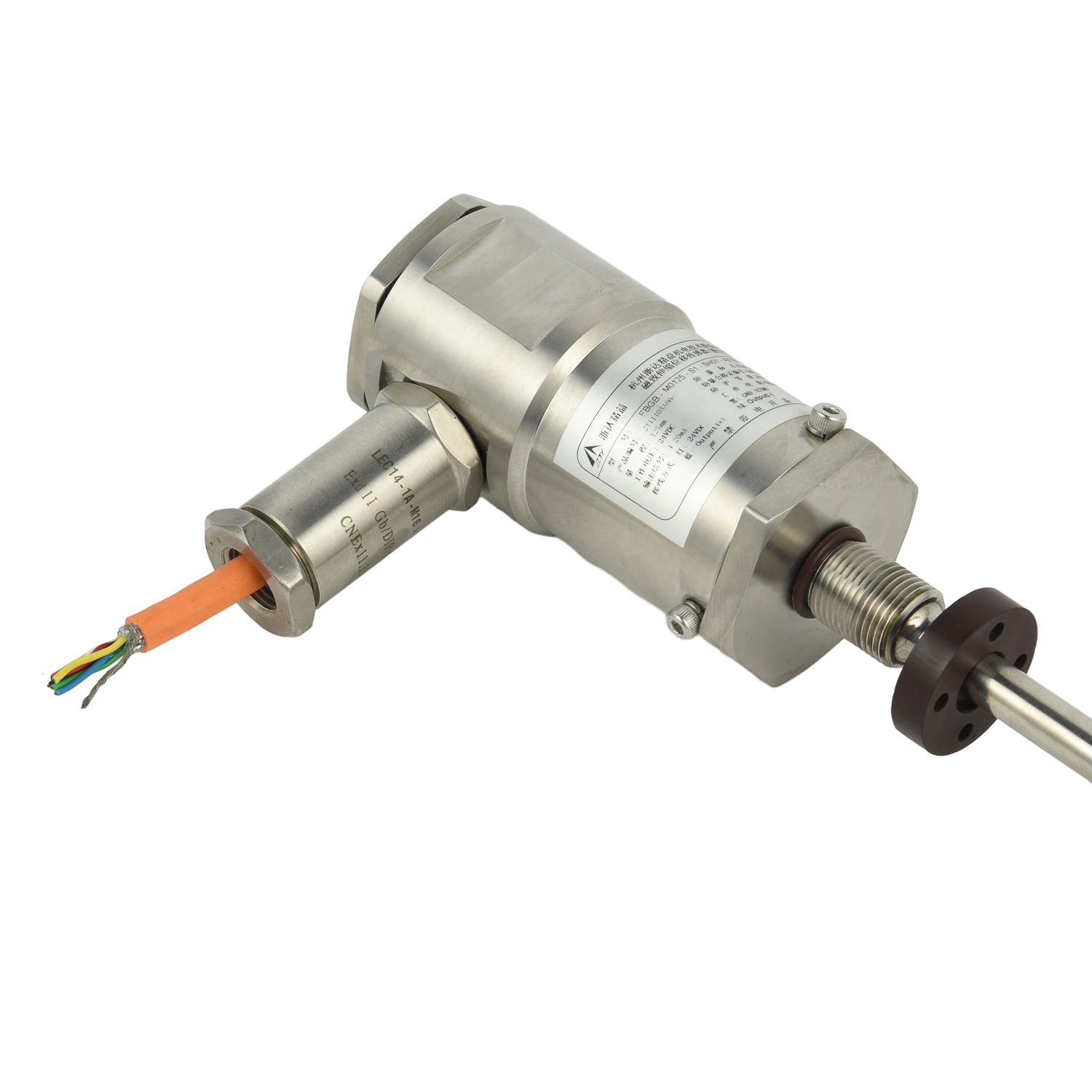What protective coatings are available for magnetostrictive sensors?
Magnetostrictive sensors are precision instruments used for accurate position and level measurement in demanding industrial applications. To ensure their longevity and reliable performance, especially when exposed to corrosive chemicals, extreme temperatures, abrasive materials, or high-pressure washdowns, applying a protective coating is often essential. These coatings act as a critical barrier, shielding the sensitive waveguide and electronics from damage that could lead to signal drift or complete sensor failure. Selecting the right coating is paramount for maximizing the sensor's operational life and maintaining measurement accuracy.
Epoxy Coatings for Robust Chemical and Abrasion Resistance
Epoxy-based coatings are among the most common and versatile solutions for protecting magnetostrictive sensors. They form a hard, durable shell that offers excellent resistance to a wide range of chemicals, including oils, solvents, and mild acids. Furthermore, epoxy coatings provide significant protection against physical abrasion and impact, making them ideal for applications in heavy machinery or environments with particulate matter. Their relative affordability and effectiveness make epoxy a go-to choice for general industrial protection where extreme temperatures are not a primary concern.
PTFE (Teflon) Coatings for Superior Non-Stick and Chemical Properties
For applications involving highly sticky or viscous media, or where exceptional chemical inertness is required, PTFE (Polytetrafluoroethylene) coatings are the preferred option. Commonly known by the brand name Teflon®, this coating creates a smooth, non-stick surface that prevents material buildup on the sensor probe. This is crucial in industries like food and beverage, pharmaceuticals, or chemicals, where hygiene and easy cleaning are paramount. PTFE coatings excel in resisting strong acids and bases, ensuring the sensor remains unaffected by aggressive process fluids.
Parylene Conformal Coatings for Comprehensive Moisture Barrier

Parylene is a unique vapor-deposited polymer coating that offers superior protection in a remarkably thin, pinhole-free layer. Unlike liquid coatings, Parylene conforms uniformly to every surface of the sensor's internal electronics and probe, providing a complete moisture and humidity barrier. This makes it exceptionally effective against corrosion, mold, and fungal growth. Sensors with Parylene coating are well-suited for applications in high-humidity environments, outdoor use, or sterile settings where microbial resistance is critical, without adding significant mass or thickness.
Passivation and Metal Plating for Corrosion Resistance in Harsh Environments
For the sensor's metal housing and components, particularly those made from stainless steel, passivation is a vital chemical process that enhances the natural chromium oxide layer on the surface. This process greatly improves corrosion resistance. In more severe environments, additional metal platings such as nickel or zinc-nickel can be applied. These metallic coatings provide a sacrificial layer, offering robust defense against salt spray, harsh weather conditions, and other corrosive elements, ensuring the structural integrity of the sensor housing over time.
Choosing the Right Coating for Your Specific Application
The selection of an appropriate protective coating is not a one-size-fits-all decision. It requires a careful analysis of the operating environment. Key factors to consider include the types of chemicals present, temperature extremes, risk of physical abrasion, required hygiene standards, and regulatory compliance needs. Consulting with the sensor manufacturer is highly recommended to match the coating material's properties with the specific challenges of your application, thereby guaranteeing optimal sensor performance and a long service life.
 UpgradingYourLevelMeasurementS
UpgradingYourLevelMeasurementS
 Why are magnetostrictive level
Why are magnetostrictive level
 ComparingMagnetostrictiveandRa
ComparingMagnetostrictiveandRa
 MagnetostrictiveLevelSensorfor
MagnetostrictiveLevelSensorfor
